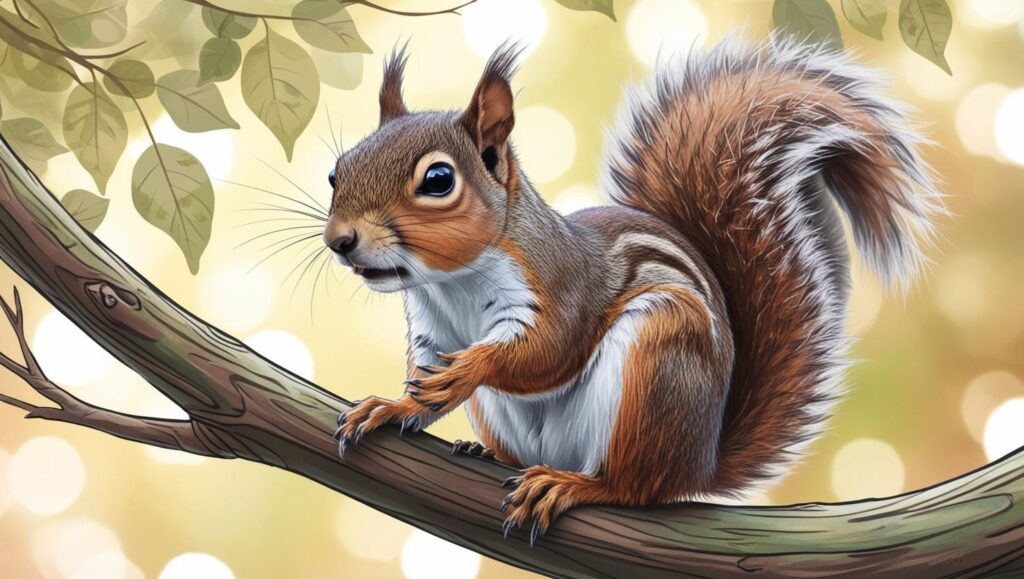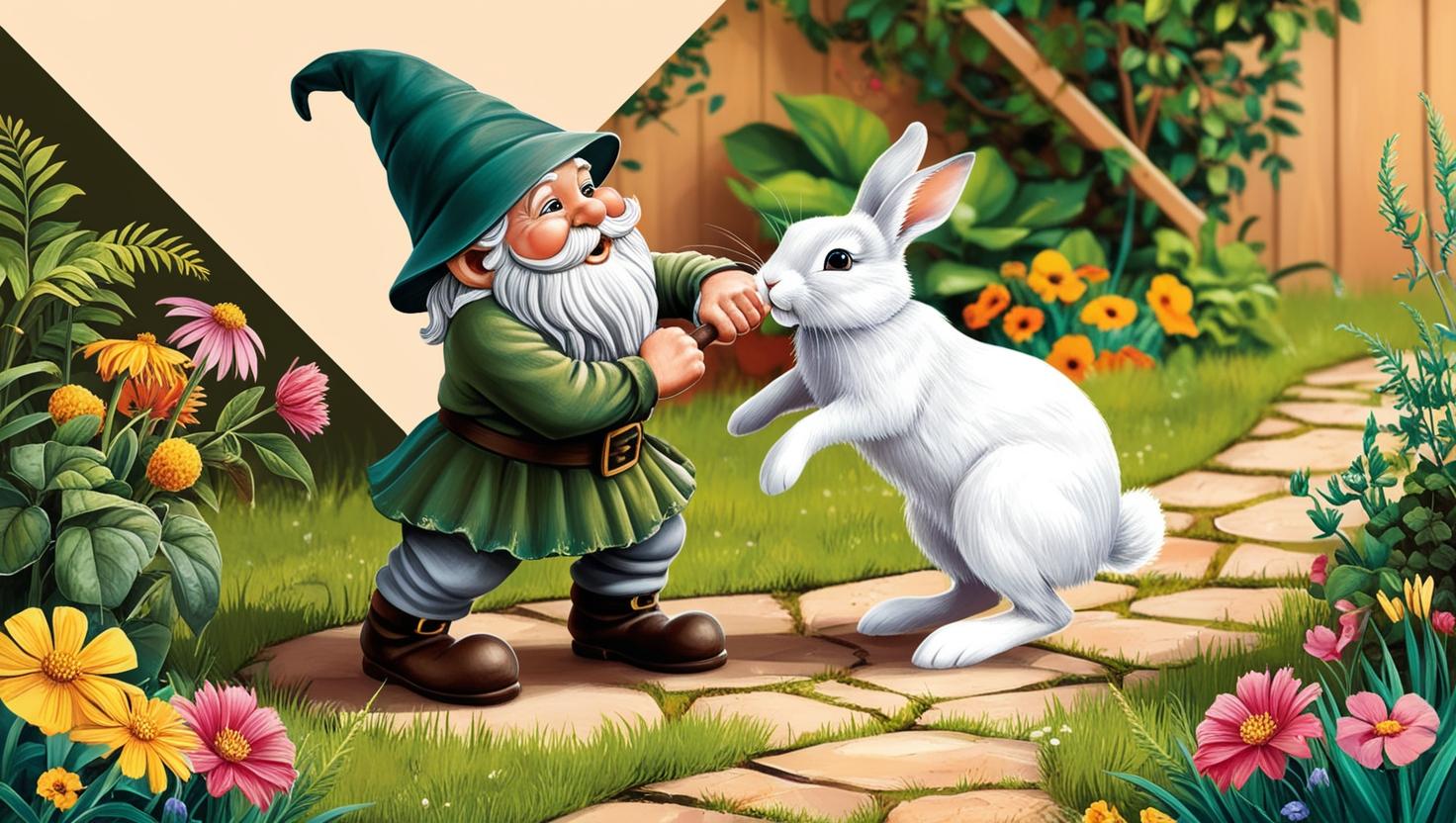Ah yes, the common cottontail rabbit. The cute looking, but plotting creature who if not kept in check, will carry out untold destruction on your gardens. Here are a few tips and tricks for dealing with our common furry foes and how to get along.
It Starts at Doing Your Research

Before we can even begin to prevent our garden foes, we first must deal with who, exactly is the culprit.
There are a few tell tale signs of rabbits in your mist. One of the most common would be their um, “presents” left behind. These round dark balls are a good indicator that you do indeed have a rabbit issue. You might not notice their glitter lying in the bed but more so on the lawn, where if you dandelions, a delicious snack.
You might also notice certain plant leaves look like they have been cut with scissors. This sharp edge cutting on leaves is a good sign you’ve been attacked by rabbits. As rabbits will gnaw at the fleshy young leafs, creating a clear cut across.
However, rabbits (unlike the Easter bunny), don’t munch on leaves a few feet up in the air. If you’re seeing this, you probably have another animal to look out for, such as deer. You’ll usually find plants listed in stores and online are very in common with one another for deer and rabbit resistance. They both seem to have a similar appetite, if one is deer resistant, it usually is rabbit too.

Again, check out for any holes near the plant. Rabbits, unlike squirrels, do not dig in the dirt to eat bulbs. If you’re seeing holes in the ground a some plants missing leaves, you might have a squirrel problem instead. Squirrels like rose buds and certain herbs. They will also remove young branches and twigs from trees for nest building.
Rule number one, make sure to check out your plants and see if they’re more likely to be rabbit food. I won’t lie, a ton of plants that seem rabbit resistant can become, under certain circumstances, a snack for hungry rabbits.
However, choosing plants and shrubs that either deter or are not favorable to rabbits will help overall at keeping your furry friends at bay. Rabbits don’t care for certain strong smells like lavender, sage, and onions. Bee balm, Salvia, and Yarrow also works. But again, do take caution if the plant is very young as they can still take a nibble or two.
Using Deterrents

One of the easiest ways of keeping your bunny friends away from your borders is by deploying some type of deterrent to stop them from coming back. One I have heard a good amount about is using something called Liquid Fence, although I haven’t personally used i (yet), a few good friends have recommended it.
Basically it applies sulfur to the plant’s leaves, which is a smell neither rabbit nor deer will like. I have heard that it will smell like rotten eggs at first, but then the smell does dissipate. However the rabbits can still smell it and will stay away. I’ve used a pellet like formula that uses similar smells and when the rabbit approaches the plant and breaths, the sulfur goes up their nose, causing them to hop away. It’s a very rewarding experience from watching afar.
Another thing I haven’t tried (yet) but heard mixed reviews on is using some device to scare the rabbit away like a sound/light or water sprinkler. I’ve found in the past these devices might work in the beginning (for squirrels/cats/birds), but shortly after the animal realizes the nature of the device and expects the outcome, therefore they just ignore it.
One of the things I do know that does work and well is a cage. I like to personally build my own, it saves money and I can create one to any size. One of the best materials to use believe it or not is cage mesh for solar panels for roofs. It’s coated wire, with small openings, and as a bonus, you can stack the mesh wire to create any height desired.
I find these custom cages very effective at keeping rabbits from destroying young plants, which have not had the proper time yet to mature. And while it does look like your plant is doing time in the clink, in the end, it will give it the time it needs to grow unimpeded.
